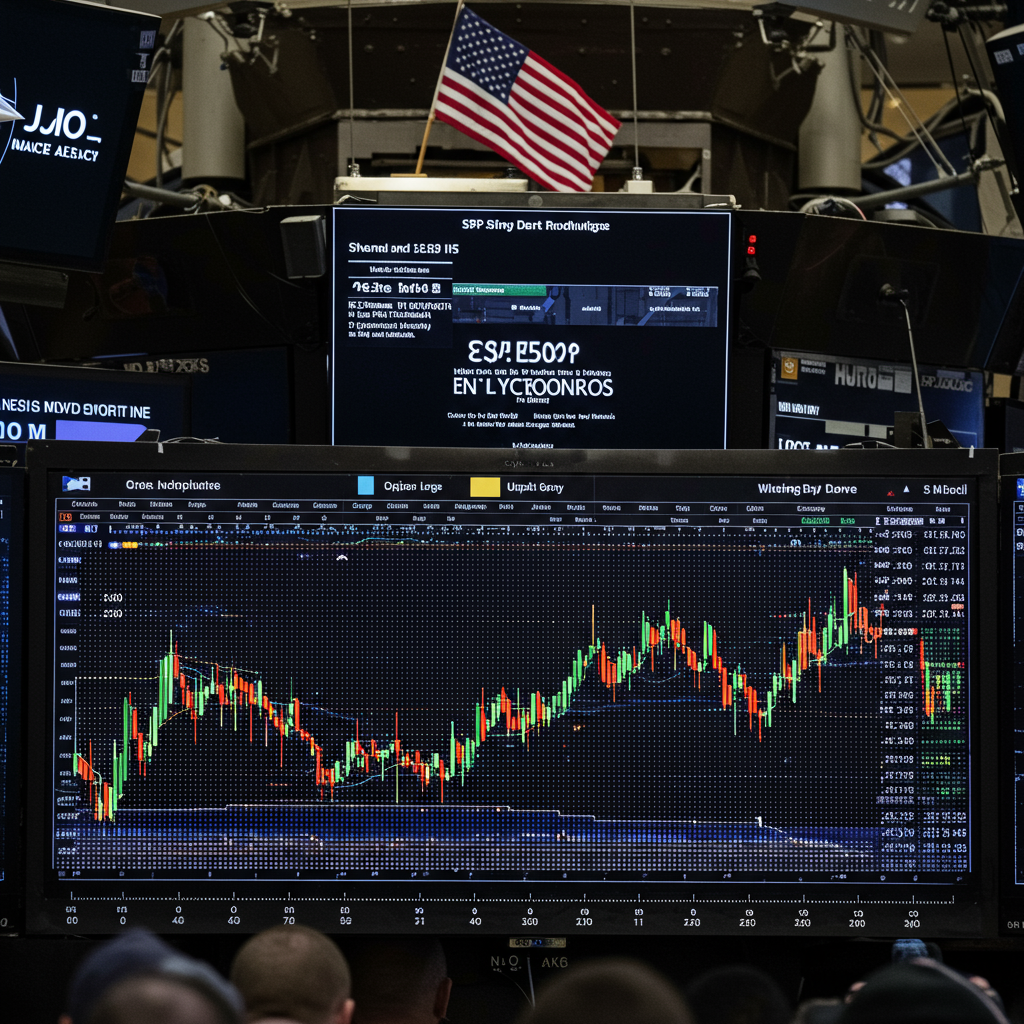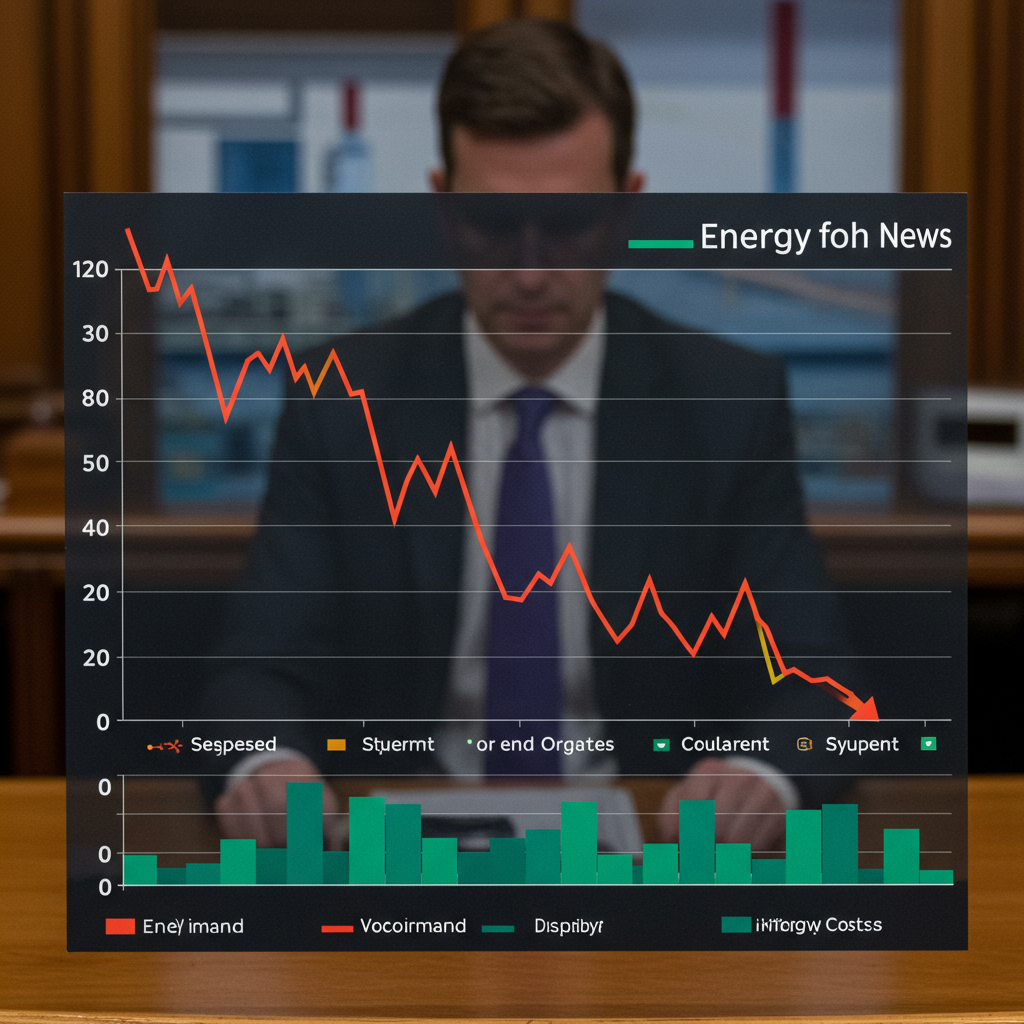The Federal Reserve is set to announce its latest interest rate decision today, and the consensus among economists and market watchers is overwhelmingly clear: borrowing costs are likely to hold steady. This expected “wait-and-see” posture continues a cautious approach the central bank has maintained throughout the first half of the year.
According to the CME Group’s FedWatch Tool, markets place a near-certain probability — 99.9% as of June 18, 2025 — that the Federal Open Market Committee (FOMC), the Fed’s rate-setting body, will keep the benchmark federal funds rate unchanged at its current target range of 4.25% to 4.5%. Economists polled by FactSet echo this sentiment, predicting a 97.5% likelihood of no change.
This rate range has been in place since December 2024, following three consecutive rate cuts that year, totaling a full percentage point reduction since September 2024. However, the pace slowed considerably heading into 2025, a shift many analysts link to economic uncertainty, particularly the potential effects of President Trump’s economic policies, including tariffs.
Why the Fed is Likely Holding Steady
Despite public calls for lower rates, the Fed appears hesitant to act for several key reasons:
Tariff Uncertainty: A major factor is the potential impact of new or expanded tariffs on the economy. While recent inflation data has been relatively tame, the Fed remains cautious, concerned that tariffs could eventually push up prices for consumers, potentially re-accelerating inflation. EY-Parthenon Chief Economist Gregory Daco notes that recent Fed commentary reinforces a wait-and-see approach amid this heightened uncertainty.
Conflicting Economic Signals: The economic picture presents a mixed bag. While consumer sentiment has seen some improvement, the uncertainty from tariffs hasn’t vanished. Inflation ticked up slightly in May to 2.4%. The labor market, though showing signs of slowing job growth compared to peak levels, is still broadly holding up, with recent payroll gains exceeding some expectations. Zacks Investment Management’s Brian Mulberry observes that current data doesn’t strongly support theories of rapidly rising prices or a quickly weakening labor market.
“Wait-and-See” Stance: The central bank is keen to observe how the economy navigates the current landscape, especially how businesses and consumers react to ongoing policy uncertainty. JPMorgan Chase Chief U.S. Economist Michael Feroli suggested the decision to hold should be “easy” given the lack of FOMC officials advocating for a change right now.
However, some economists point to potential warning signs beneath the surface, such as rising jobless claims and slowing hiring rates in certain sectors, suggesting reduced economic momentum. An alternative perspective on the lack of significant tariff-fueled inflation thus far is weakening consumer demand, making it harder for retailers to pass on costs. Richmond Fed President Tom Barkin noted consumers may feel “tapped out.” While these signs could argue for a cut to support the economy, they also contribute to the Fed’s caution, as they assess the full picture.
What to Know About Today’s Meeting
When: The Federal Open Market Committee (FOMC) held its meeting on June 17-18. The decision is announced today, Wednesday, June 18.
Time: The rate decision is expected at 2 p.m. EST.
Press Conference: Fed Chairman Jerome Powell will hold a press conference at 2:30 p.m. EST to elaborate on the committee’s decision and economic outlook.
Economic Forecast: The meeting will also include updated economic projections, offering insights into the Fed’s expectations for interest rates, inflation, growth, and unemployment in the coming years.
Unanimity: An interesting detail to watch, according to Brian Mulberry, is whether the decision is unanimous. Dissent from voting members, particularly those concerned about slowing growth, could signal debate within the committee about the timing of future rate adjustments.
What the Decision Means for Your Money
If the Fed holds rates steady as expected, here’s how it could impact your finances:
Borrowing Costs Remain High: This decision offers little immediate relief for borrowers. Rates on credit cards (which have soared to over 20%), auto loans, and personal loans are likely to remain elevated. The 30-year fixed mortgage rate is currently hovering around 7%.
Good News for Savers: Higher interest rates benefit savers. This is a favorable environment for those seeking high-yield savings accounts and certificates of deposit (CDs). While yields might not be quite as high as they were a year ago, they remain strong, according to experts like Matt Schulz, chief consumer finance analyst at LendingTree. Shopping around for the best rates is advised.
Focus on Debt and Savings: Financial experts like Greg McBride of Bankrate recommend using this period of elevated rates to aggressively pay down high-cost debt, particularly credit card balances. It’s also a smart time to build or strengthen emergency savings funds to cushion against economic uncertainty.
Mortgage Rates: While the Fed’s direct impact is strongest on short-term rates like those on credit cards, its decisions indirectly influence mortgage rates. Matt Schulz notes that even when rate cuts eventually occur, they aren’t a guaranteed driver of lower mortgage rates, as other factors like the 10-year Treasury yield play a significant role. However, a Fed cut is typically seen as a hopeful signal for the housing market.
The Path Ahead
Looking beyond today’s decision, the outlook for future rate cuts appears tempered. Following the three cuts in late 2024, the Fed’s latest projections signal a slower pace for 2025, with a median expectation of just two additional cuts throughout the year. This reflects the ongoing battle against inflation and the significant uncertainty surrounding potential policy shifts in Washington. The mantra “higher for longer” seems set to persist heading into 2025, as the Fed prioritizes a cautious, data-dependent approach before making any further moves to lower borrowing costs.




